The Lipedema is a fat distribution disorder in which there is increased fat deposits in the buttocks and hips, in more pronounced cases also in the entire legs and arms. Mostly women are affected. Lipedema cannot be cured, but the symptoms can be alleviated by conservative therapies.
What is lipedema?

© vanillya - stock.adobe.com
Lipedema is the ancient Greek word for "fat swelling". It is a fat distribution disorder that mostly affects women. The disease is also often called Breeches Syndrome designated. There is an increased accumulation of body fat on the legs and arms. The middle of the body, on the other hand, remains slim, as do the hands and feet.
When the swelling has spread completely from the buttocks to the ankles, it is also referred to as the "columnar". Diagnosing lipedema is difficult because it is associated with symptoms of obesity in the early stages. In addition, not many doctors are familiar with lipedema. Lipedema cannot be cured.
The symptoms are usually contained by manual treatment with a physical therapist. A liposuction, which could solve the problems as far as possible, is not covered by the statutory health insurance.
causes
Even if it is quickly assumed by those affected, a poor diet and the associated excess weight are not the cause of lipedema. However, being overweight can make it worse if the disease breaks out.
Lipedema is genetic and usually occurs in phases in which the hormonal system has to change significantly, for example during puberty, menopause or during pregnancy. In men, lipedema occurs only very rarely and if so usually as a result of hormone treatment.
Symptoms, ailments & signs
The fat cells in the subcutaneous tissue of the legs and arms multiply and swell to a larger volume. There is an increased storage of body fat, especially in the lateral area of the hips and thighs. The body fat is usually deposited symmetrically. It is also assumed that the capillaries in the affected tissue become more permeable, which also affects the lymphatic system.
By keeping the upper body slim, the proportions of the body become inconsistent. The legs can appear much thicker than they actually are. For a large number of those affected, this leads to psychological problems and feelings of shame, which keep them from going to the swimming pool or from wearing short, fashionable clothes.
In addition, there is water retention in the affected areas, which becomes stronger when standing or sitting for a long time and when warm. Those affected often first notice their lipedema when they have heavy legs in the evening. Often, lipedema is accompanied by other symptoms. These include pain in the relevant parts of the body, cellulite, a feeling of pressure or tension in the affected areas, spider veins and sensitivity to bruises.
Diagnosis & course of disease
The diagnosis of lipedema is based on visual and tactile findings and, if necessary, by ultrasound. Furthermore, the attending physician should rule out other diseases that can cause similar symptoms. These include obesity, lymphedema and lipohypertrophy, which are harmless accumulations of fat.
In the initial stage, lipedema can hardly be visually differentiated from the onset of obesity. As the disease progresses, the accumulation of body fat in the specific areas increases. The disease is divided into five types or degrees of severity, each depending on the extent to which it is spread. The lipedema begins on the buttocks and hips, then spreads, sometimes forming fat flaps, over the knees to the ankles and wrists.
In the most severe stage, pronounced lipolymphedema develops, which can even reach the backs of the hands and feet down to the fingers and toes. The stages of skin changes are also recorded. Initially, fine knots, the so-called orange peel, appear on the skin surface. As you progress, these lumps get larger and larger dents appear in the skin. In the worst case, misshapen skin flaps develop.
Complications
Excessive water retention is called lipedema, which of course can also cause various complications. In most cases, lipedema is associated with long-lasting pain that does not subside even when the patient is resting. If treatment by a doctor is completely dispensed with, the water retention can increase considerably.
The affected person is very limited in everyday life, so that medical and drug treatment should urgently be provided. With the right medication, however, rapid improvement or complete recovery and recovery can be achieved. In particularly bad cases, it can even lead to inflammation or the formation of an abscess.
If an abscess, or rather the formation of pus, can be recognized, a visit to a doctor should take place as soon as possible. Various complications and complaints can only be alleviated or eliminated through appropriate treatment. If this is not done at all, there is even an acute risk of consequential damage. If you do not want to take this risk, you should consult a doctor at the first signs and symptoms of lipedema.
When should you go to the doctor?
A doctor should be consulted if the body is swollen or deformed. If there is an uneven distribution of fat on the upper body and the limbs, a medical check-up is necessary. The proportions of the body become inconsistent with illness. You must be examined by a doctor so that the cause of the disorder can be determined. If you notice water retention in your arms or legs, you should see a doctor immediately. If the deposits increase when standing or in a sitting position, this is an indication of lipedema. A doctor should be seen so that treatment can be initiated.
If the person concerned has the feeling that his hips or thighs are swollen, he should discuss the irregularities with a doctor. If the shape of the legs increases in size, there is cause for concern. The repeated occurrence of bruises, a disturbance of the sensitivity or sensory disturbances on the skin should be examined and treated by a doctor. If locomotion is difficult or mobility problems occur, a doctor should be consulted. If emotional or mental problems arise due to the optical changes, the person concerned needs help. In the event of mood swings, social withdrawal or behavioral problems, a visit to the doctor is advisable.
Treatment & Therapy
Lipedema is incurable, but the symptoms can be contained. The therapy is initially based on reducing the swelling caused by additional edema. To do this, a physiotherapist performs regular lymphatic drainage. Compression stockings, which have to be worn consistently, can also be used.
Since the increased fat in the legs and arms does not come from an improper diet, a diet is of little help with lipedema. Nevertheless, being overweight should be avoided as it can exacerbate the problem. Exercise can relieve the symptoms of lipedema. Water sports are particularly recommended, as they are gentle on the joints and have a similar effect to lymphatic drainage.
The only long-term remedy for lipedema is liposuction. However, the costs of liposuction for lipedema are not covered by the statutory health insurance companies. A homeopathic treatment for lipedema can also be worth trying. Schüssler salts and jojoba oil are used in alternative medicine.
Outlook & forecast
Although lipedema cannot be cured, the progression of the disease can be slowed down. As a result, patients no longer suffer from all typical complaints. The circumference of the legs is reduced. Almost exclusively women develop lipedema; it can happen in men, but this is atypical. Scientists suspect genetic causes are the trigger. The progressive disease usually begins after puberty and two-thirds of all cases extends exclusively to the legs. In the other third, the arms are also affected. Signs of lipedema put a strain on life, especially during menopause and pregnancy.
If a treatment is refused, lymph fluid also builds up. This causes the tissue to swell further. Movement disorders are the result. Short distances can be a challenge. For those affected, the negative appearance also represents a psychological burden. The quality of life suffers.
Treatment promises the elimination of many complaints, both in the early stages and later. Therefore, a favorable prognosis arises when starting treatment. Even if the cause of the disease cannot be eliminated, feelings of tension and pain can be relieved.
prevention
Since lipedema is caused genetically or hormonally, there are no reliable methods of prevention. Only the risk factors can be contained. These include alcohol consumption and smoking. A generally healthy lifestyle with a balanced diet and plenty of exercise can also be effective. If lipedema occurs in the future, a lower weight will reduce the suffering.
Aftercare
In most cases, lipedema results in persistent and severe pain that does not subside even when the patient is resting. As a result, the quality of life and everyday life of those affected are sometimes severely restricted. Those affected mostly suffer from their external appearance. Therefore, follow-up care focuses on promoting a self-confident approach to the disease. The help and support of relatives is necessary in order to be able to cope with everyday tasks. The help of a professional psychologist can be helpful. This can sometimes also prevent severe depression and other mental illnesses from developing.
Exchanging experiences with others who are equally affected can help to better accept the suffering associated with the disease and thus promote quality of life. Thus, the focus of aftercare is primarily on reducing the mental stress caused by the complaints and ongoing treatment. If continuous treatment by a doctor is not used, this can lead to considerable consequential damage.
You can do that yourself
There is no cure for lipedema. However, some precautions can be taken in everyday life that will slow the progression of the disease.
The most important goal in everyday life for lipedema patients is to avoid an increase in adipose tissue. A healthy diet with a moderately high number of calories and regular exercise help here. On the one hand, it helps you maintain your body weight or even lose weight. On the other hand, sport or exercise reduce the amount of water retention in the tissue. Endurance sports are particularly suitable. On the other hand, targeted muscle building in the affected areas is not advisable. Joint-friendly sports such as swimming, water aerobics, cycling or walking are recommended.
Another measure that lipedema patients can take themselves is proper skin care. The skin is often prone to small cracks in the affected parts of the body, which can become infected and inflamed. The risk of this can be reduced by using unperfumed, pH-neutral washing lotions and regular creaming. It is also important that patients with lipedema cooperate well with their therapies. An essential pillar of the treatment is decongestion therapy. It is intended to remove excess fluid from the lymph. For this it is important that the patient wears the prescribed compression stockings regularly in everyday life.

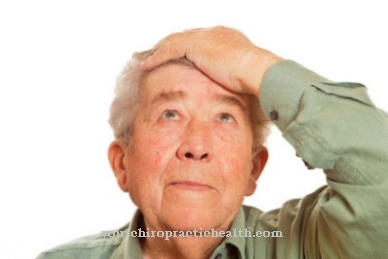
.jpg)
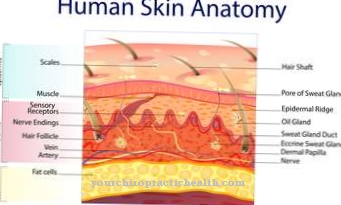
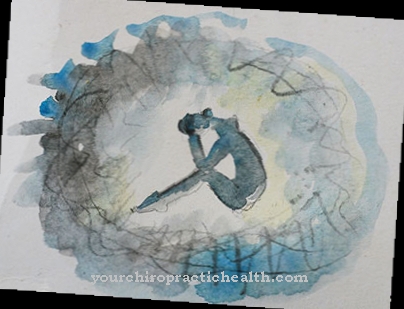
.jpg)


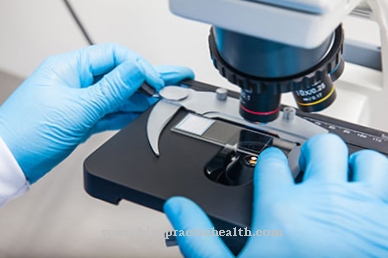

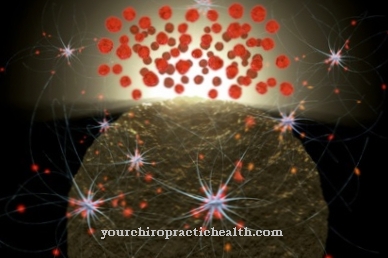

.jpg)

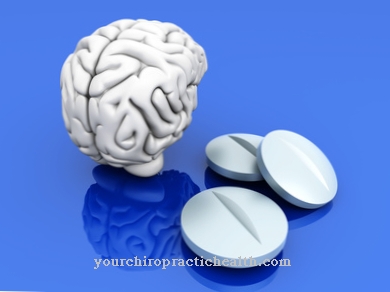
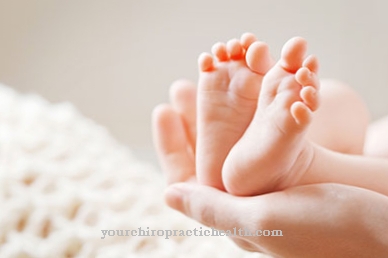
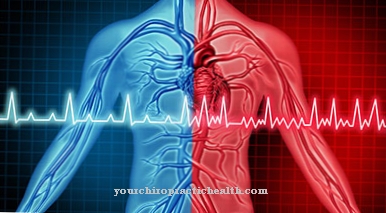
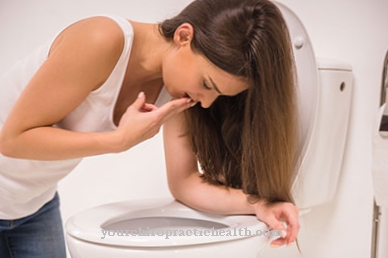


.jpg)


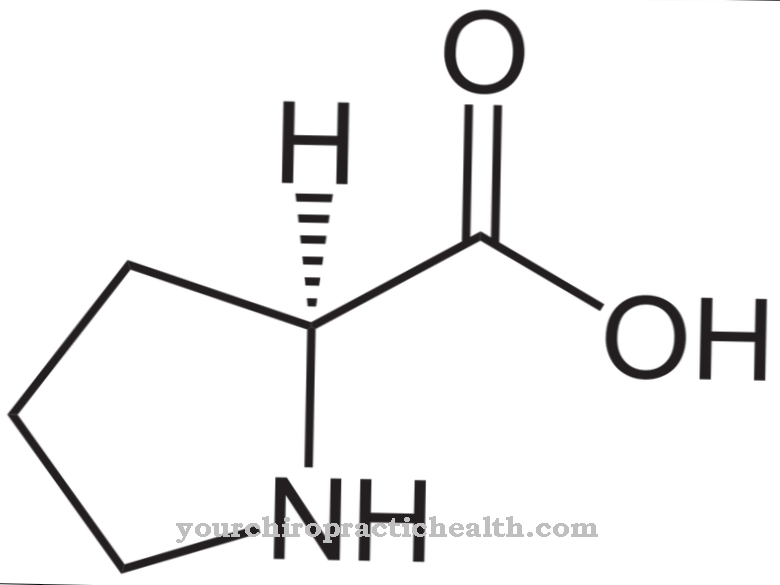
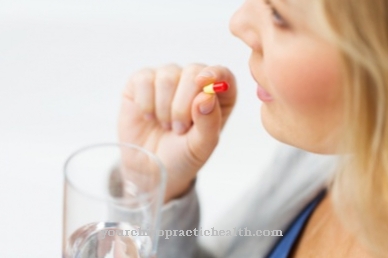
.jpg)

